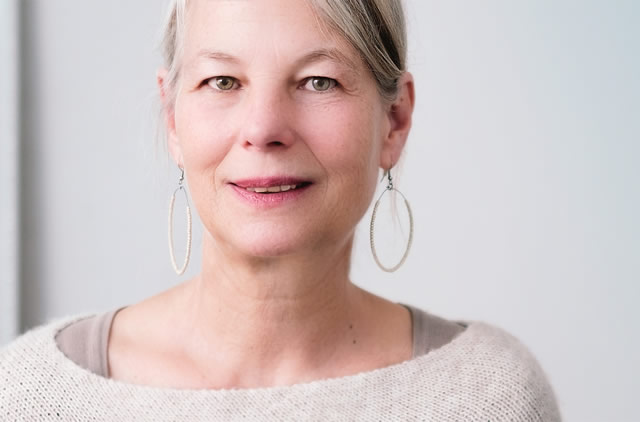Why Are Women at an Increased Risk of Vision Loss?Women may be at an increased risk of certain eye diseases for a variety of reasons. Although additional research is needed to determine if age-related hormonal changes that occur in women affect the eyes, other factors are clearer. For example, women have a higher risk of developing autoimmune diseases, such as multiple sclerosis and Sjogren’s syndrome, which can affect vision. Lupus rates are also higher in women than men. According to the National Resource Center on Lupus, lupus can lead to changes in the eyes. The nerves that control eye movement can become damaged. Also, women with lupus may develop blood vessel changes in the retina, which can lead to vision changes. Another factor that may explain why females are at an increased risk of eye disease is that women tend to outlive men. According to the Centers for Disease Control and Prevention, in 2016, the average life expectancy for men was 76 years. On the other hand, women lived about five years longer, with an average life expectancy of 81 years. The risk of developing many eye diseases increases with age. Since women tend to live longer than men, it makes sense that they are more susceptible to developing eye diseases related to aging. Common Eye Conditions that Affect WomenWomen have an increased risk of developing the following eye conditions: Age-Related Macular Degeneration (AMD) Age-related macular degeneration, or AMD, affects the central part of a person’s vision. Women develop the condition more often than men. Since the disease is linked to aging, more women may develop AMD, because, on average, they live longer than men. Fuchs Dystrophy Fuchs dystrophy is an eye disease that causes the endothelium, a layer of cells in the cornea, to deteriorate. The degenerative changes in the cells lead to vision problems, including hazy or cloudy vision. It most often affects women over the age of 50. Closed-Angle Glaucoma Open-angle glaucoma affects men and women about the same, while women are about twice as likely to develop closed-angle glaucoma as men, according to the Glaucoma Research Foundation. The exact reason is not clear. It may have to with the fact the area between the cornea and iris tends to be shallower in females, which can prevent fluid from draining out of the eyes and cause increased pressure. What Can Women Do to Keep Their Eyes Healthy?There are several steps women can take to keep their eyes healthy, including:
Fortunately, by taking some of the steps above, women can be aware of and take charge of their eye health and help protect their vision. If you have any questions about your eye health or you would like to schedule an appointment with one of our eye doctors, please call our office at 508-746-8600. We hope you found the information in this article useful. Please check back soon for “Pregnancy-Related Eye Changes”, as we continue with Women's Eye Health & Safety Month. Comments are closed.
|
EYE HEALTH BLOGCategories
All
Archives
July 2024
|
|
Kadrmas Eye Care New England
55 Commerce Way, Plymouth, MA 02360
14 Tobey Road, Wareham, MA 02571 133 Falmouth Road (Rt 28), Mashpee, MA 02649 |
Phone Number:
1-508-746-8600 Hours: Monday through Friday — 8 AM – 4:30 PM |


 RSS Feed
RSS Feed
